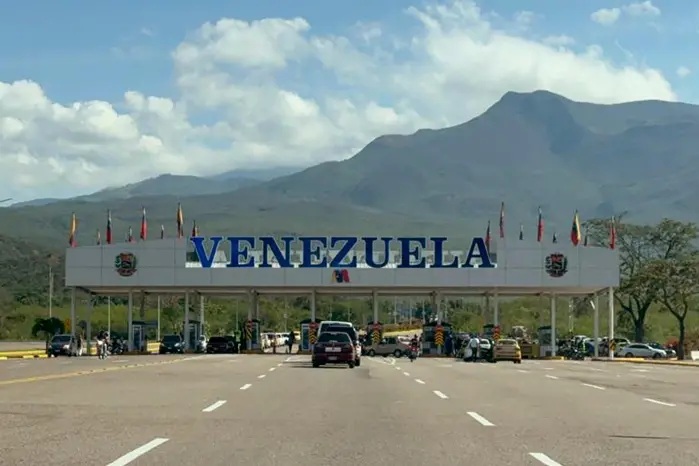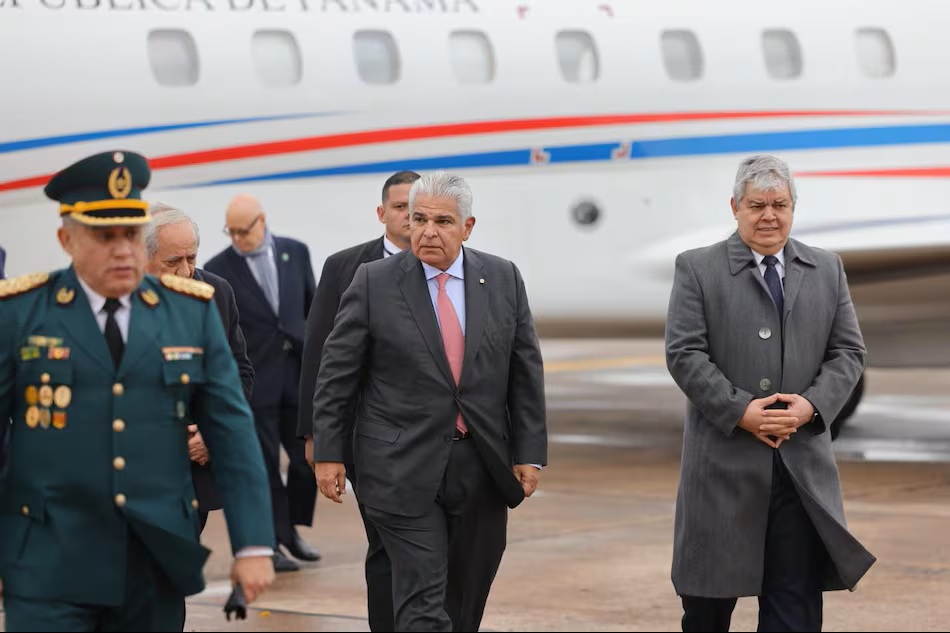August 15 in Panama: Two Key Events

August 15th in Panama is a date to celebrate in style. This year, two important events stand out on the calendar. On the one hand, we commemorate the 505th anniversary of Panama La Vieja, a symbol of our culture and history that continues to be a source of pride for Panamanians and the entire world. The historical monumental complex of Panama la Vieja is an archaeological site that amazes tourists and residents of Panama City. With its imposing ruins and the sea in the background, this place is a must-see for those who want to learn more about the origins of the Panamanian capital.

Visiting this historical monument, which is a UNESCO World Heritage Site, is a way of discovering its history. Panama La Vieja was the first European settlement on the Pacific coast of Latin America, founded on August 15, 1519, a strategic place for conquest missions and trade in the region. However, the city was attacked and sacked by the English pirate Henry Morgan in 1671 and burned by the Captain General of Tierra Firme, Don Juan Pérez de Guzmán. This event caused the city to move to its current settlement in the Casco Antiguo. To travel through Panama La Vieja is to relive the importance of its history. Located just before entering the Visitor Center, this site was intended to protect the old city with capacity for a dozen soldiers and four cannons.
We also celebrate the 110th anniversary of the Panama Canal, a monumental work that began its history in 1534 under King Charles V of Spain, who ordered the first study for a possible canal route in the Isthmus of Panama. Throughout the history of civilization, powers have emerged, evolved and waned. Their ascendancy has mostly been linked to control over trade flows, especially over waterways. Long before the canal was built, Panama was a natural route for the transit of goods and people. Between 1606 and 1739, trading expeditions from Spain with goods to be sold in the colonies converged at Panama’s Portobelo Fairs and returned with precious metals and other goods, mainly from the Viceroyalty of Peru. The galleons arrived in Portobelo on the Atlantic coast of Panama; goods were transported by mule to and from the Pacific coast. Thus was the first interoceanic multimodal transportation system developed in Panama.

As a rising maritime and continental power, the United States had already shown interest in building a canal across Central America, primarily for military purposes to more easily defend its coasts. In 1900 the United States Congress approved a canal project across Nicaragua, but the Frenchman Philippe Bunau-Varilla and other New York attorneys trying to recover some of the French investment launched a campaign in favour of a Panama route. Their main argument was the danger of earthquakes in Nicaragua.
On 18 January 1902 the Interoceanic Canal Commission recommended the Panama route; on 28 June the United States Congress approved construction of the canal. Panama was part of Colombia at the time, so negotiations for building the canal were between the United States and Colombia. They even led to the signing of the Hay-Herrán Treaty, which ended up being rejected by the Colombian Senate. This set the stage for the separation of Panama from Colombia and resulted in the Hay-Bunau-Varilla Treaty, which was signed by the Frenchman who had been appointed plenipotentiary ambassador of Panama in Washington. In 1904, the United States bought the French interests in Panama for forty million dollars and the rest is history.





